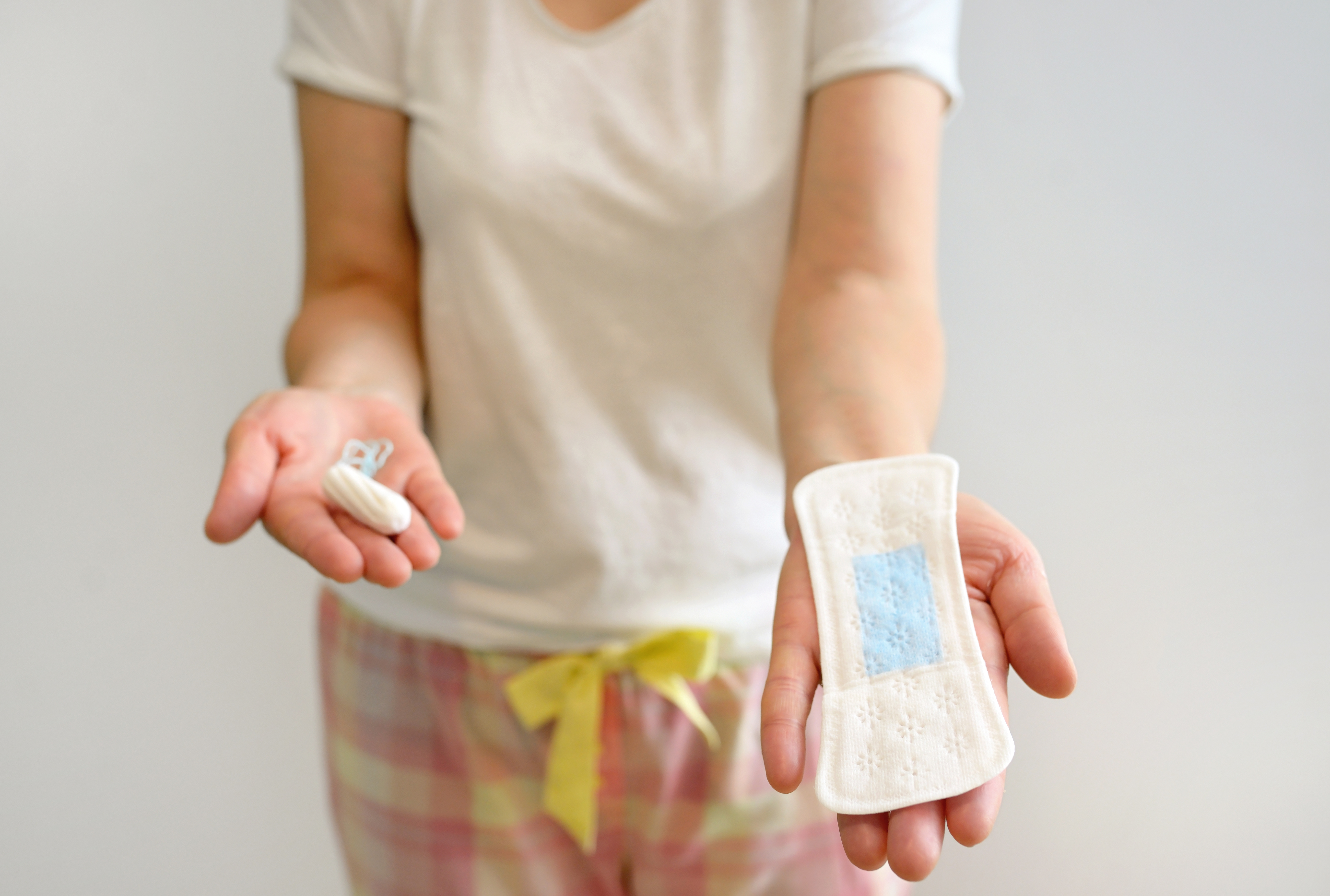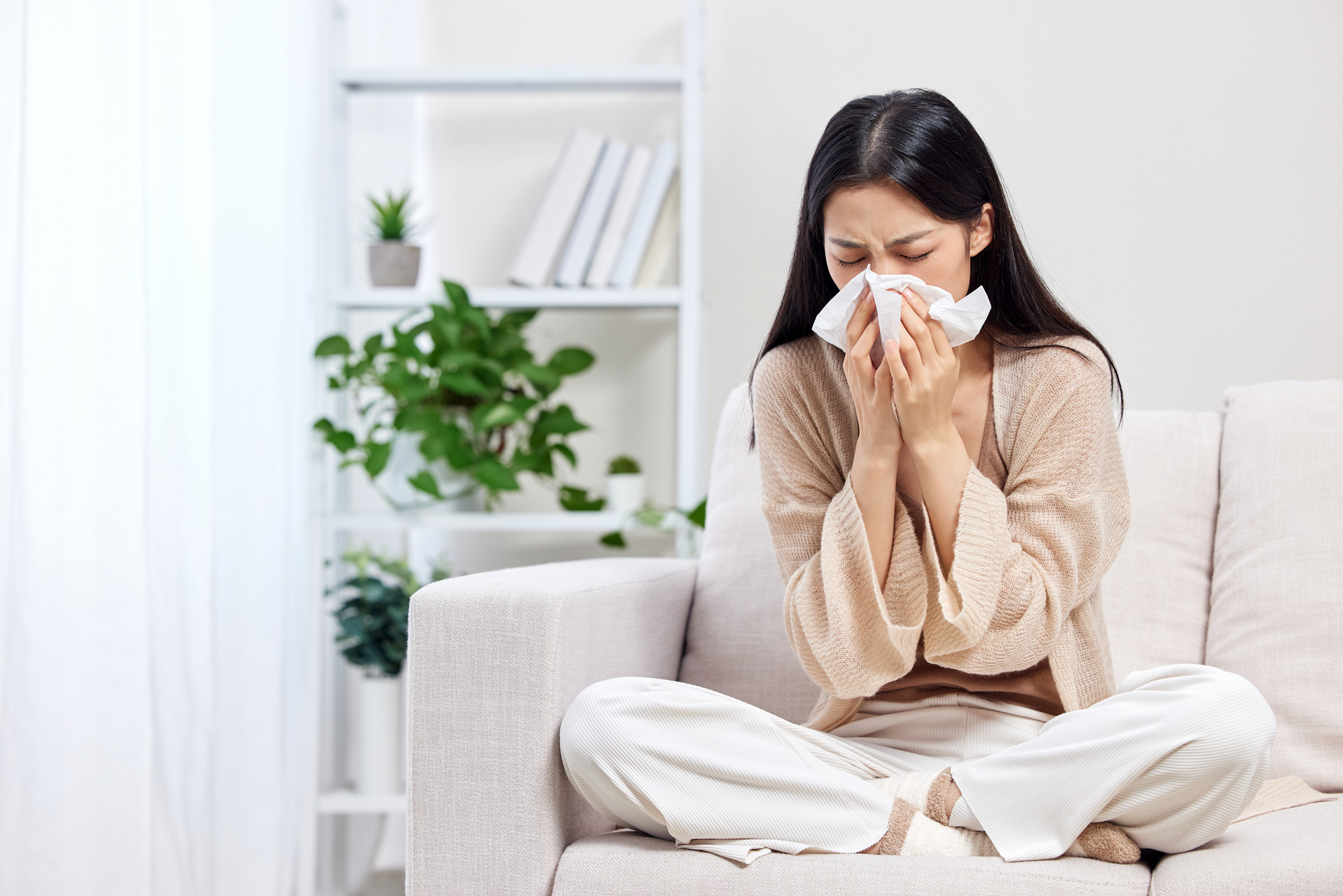Vulvar malnutrition is also known as vulvar leukoplakia. The disease is mainly characterized by chronic changes in the vulvar skin and mucosa, including sclerotic lichenoid and squamous proliferative changes, as well as pigment alterations. The affected area exhibits depigmentation, thickening, and coarsening of the local skin, hence the colloquial term "vulvar leukoplakia". This condition is most commonly seen in postmenopausal women, as women in this age group generally experience a decline in overall bodily functions, hormonal imbalances, endocrine disorders, poor blood circulation, and disrupted nutritional metabolism. However, vulvar leukoplakia can also occur in women of reproductive age.
Vulvar itching is the main symptom of this disease and can be extremely distressing for patients. The more they scratch, the more it itches, resulting in a vicious cycle of worsening itchiness.
Chronic vulvar malnutrition can potentially progress to malignancy. Timely and effective drug treatment can alleviate symptoms and slow down disease progression. For those with proliferative malnutrition accompanied by ulceration or induration, close monitoring of the condition is necessary, and surgery should be considered if needed to prevent unforeseen complications.
In addition, it is advisable to consume foods with anti-leukoplakia properties, such as sesame, almonds, wheat, barley, black-boned chicken, cuttlefish, chrysanthemum flowers, dried plums, peaches, lychees, purslane, eel, crab, and sardines. For itching, it is recommended to consume amaranth, cabbage, mustard greens, kelp, nori, and pangolin.






